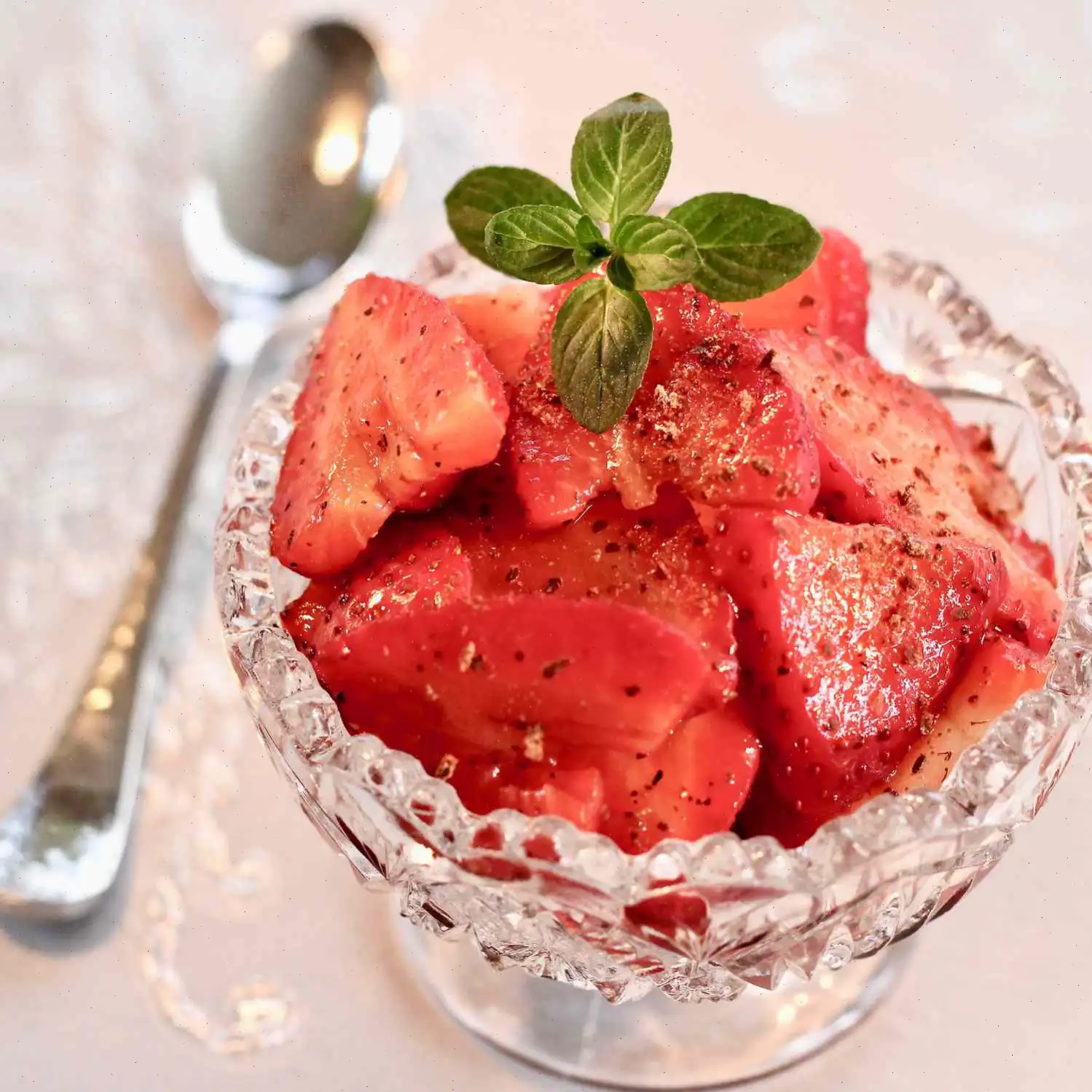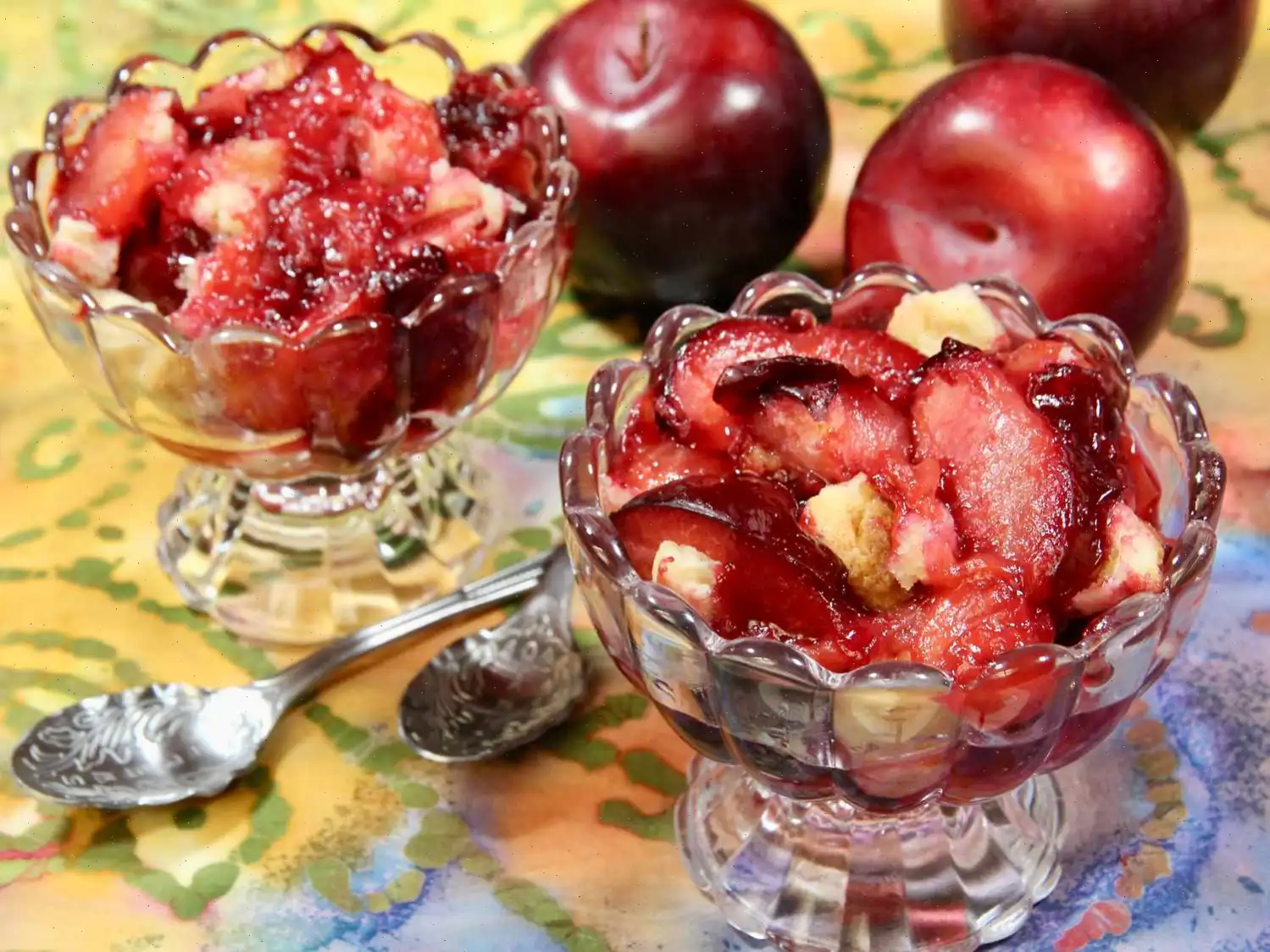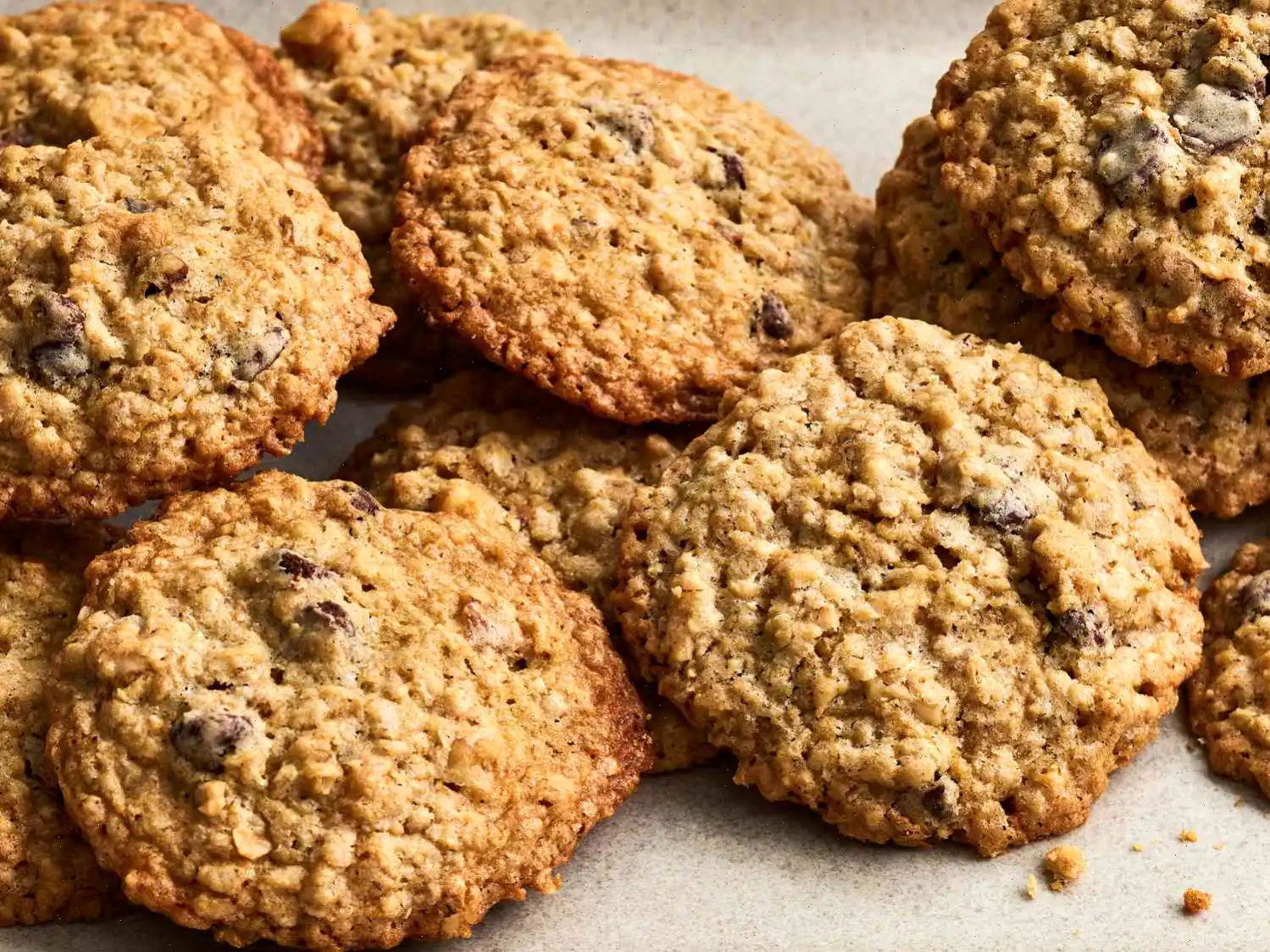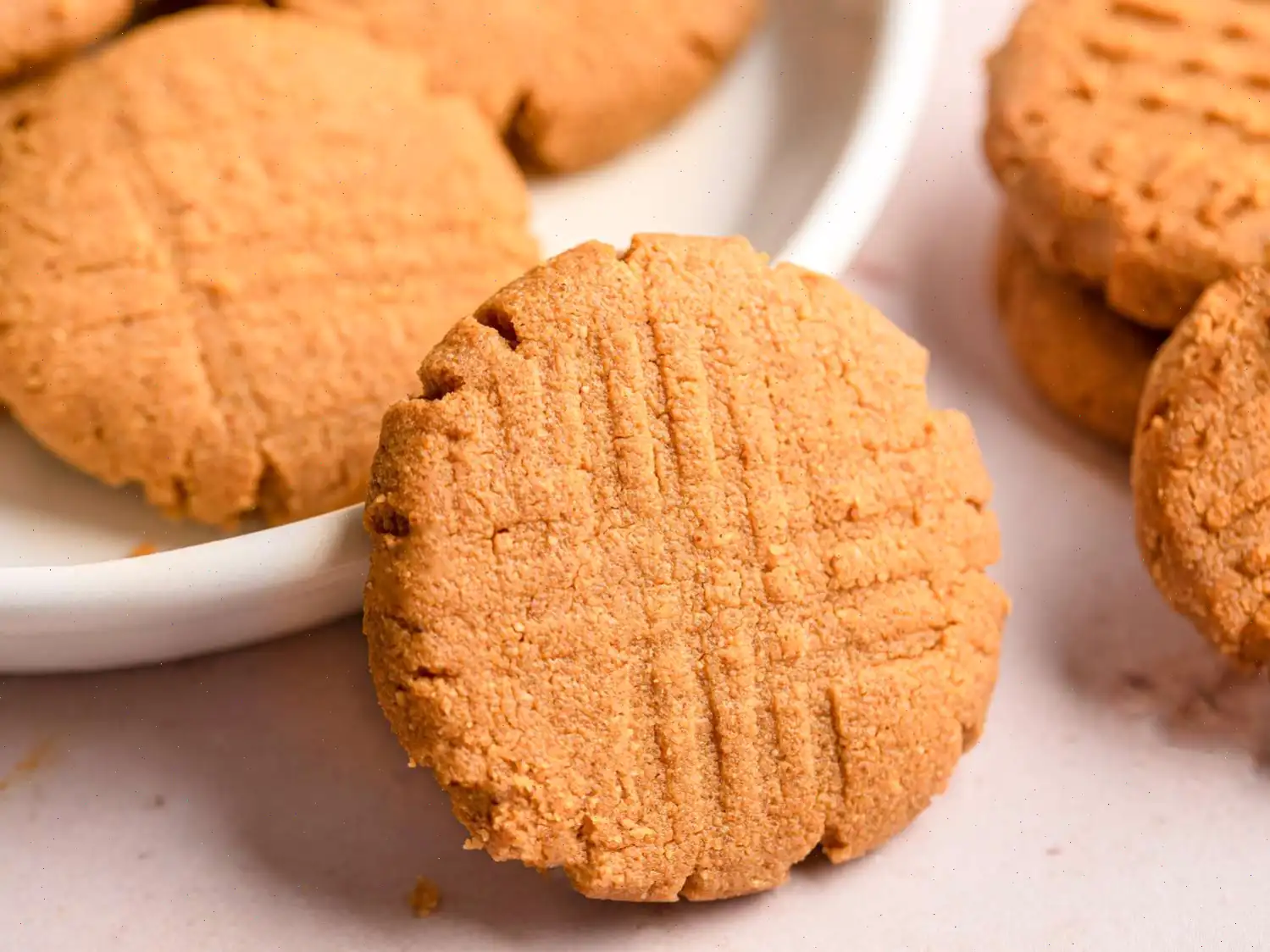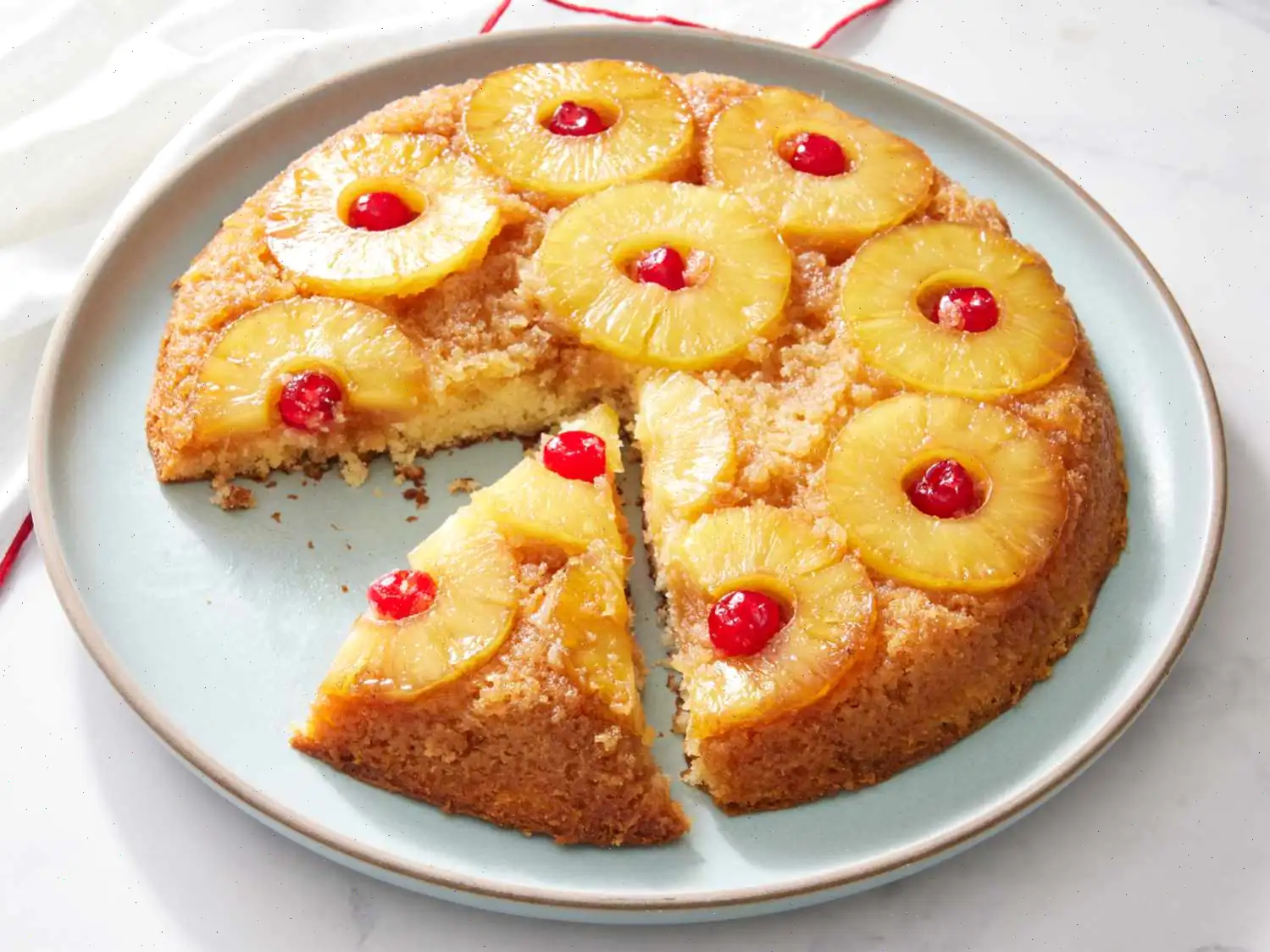
Almond Meringue Cookies Recipe
Ingredients
This recipe was developed at its original yield. Ingredient amounts are automatically adjusted, but cooking times and steps remain unchanged. Note that not all recipes scale perfectly.
- 11 ounces ground almonds
- 3 egg whites
- 1 cup confectioners' sugar
- 1 teaspoon grated lemon zest
- teaspoon ground cinnamon
Directions
- Preheat the oven to 325F (165C). Grease and lightly flour the cookie sheets.
- In a large bowl, whip the egg whites until soft peaks form.
- Gradually add the sugar, continuing to whip until stiff peaks form. This will take about 5 minutes.
- Set aside about cup of the whipped egg whites for later use.
- To the remaining meringue, add the lemon zest and cinnamon. Fold in the ground almonds until the mixture is evenly combined.
- Using a spoon, drop mounds of the mixture onto the prepared baking sheets.
- Top each cookie with a smaller dollop of the reserved meringue.
- Bake in the preheated oven for 15 minutes or until golden brown.
- Remove the cookies from the baking sheets and allow them to cool on wire racks.
Nutrition Facts
Per Serving (1 cookie):
- Calories: 66
- Fat: 5g (6% Daily Value)
- Saturated Fat: 0g (2% Daily Value)
- Sodium: 5mg (0% Daily Value)
- Total Carbohydrate: 6g (2% Daily Value)
- Dietary Fiber: 0g (1% Daily Value)
- Total Sugars: 3g
- Protein: 2g (4% Daily Value)
- Vitamin C: 0mg (0% Daily Value)
- Calcium: 20mg (2% Daily Value)
- Iron: 0mg (1% Daily Value)
- Potassium: 66mg (1% Daily Value)
Servings per Recipe: 36

Almond Meringue Cookies are a delightful, light dessert with a perfect balance of sweet and nutty flavors. These cookies are made by whipping egg whites to stiff peaks, then folding in ground almonds, sugar, and a touch of cinnamon and lemon zest. They are crisp on the outside with a delicate chewiness inside, making them a beloved treat for any occasion.
History of Almond Meringue Cookies
The origins of meringue cookies can be traced back to the 17th century, with a likely connection to the town of Meiringen in Switzerland. It is believed that meringue was first made by Swiss chefs, with various recipes evolving across Europe. Over time, these meringue cookies began to take on regional flavors and ingredients. The almond version became popular in Germany, where it was often made for Christmas as a special treat. The almond adds a unique depth of flavor that distinguishes it from the more common plain meringue recipes.
Regional Features
While meringue cookies are made across many European countries, the addition of almonds in German recipes makes them particularly distinct. Almonds are a traditional ingredient in German desserts, and in this recipe, they add a crunchy texture that contrasts with the smooth, airy meringue. Often, meringue cookies in Germany are served during the winter months, particularly around Christmas time, as part of the festive dessert spread known as "Pltzchen," which includes a variety of small cookies and pastries.
How Almond Meringue Cookies Differ from Similar Desserts
Almond meringue cookies stand out from other meringue-based desserts, such as pavlova or French macarons, due to their texture and flavor. Unlike pavlova, which typically has a soft, marshmallow-like center, almond meringues are crispier throughout, with a slight chewiness in the middle. Compared to macarons, which are filled with ganache or buttercream, almond meringue cookies are simply flavored with cinnamon, lemon zest, and almonds, offering a lighter and simpler flavor profile.
Where Almond Meringue Cookies Are Usually Served
Almond meringue cookies are commonly found during the holiday season, especially in Germany and other parts of Europe. They are often served at Christmas gatherings, along with other holiday sweets like gingerbread and stollen. These cookies also make a great accompaniment to afternoon tea or coffee, as their light, crispy texture pairs well with warm drinks. In some regions, they are also enjoyed as a gluten-free option, as they contain no flour or wheat.
Interesting Facts About Almond Meringue Cookies
- Almonds have been a favorite nut in European baking for centuries, and their use in meringue cookies reflects their longstanding popularity.
- The word "meringue" is believed to have originated from the Swiss town of Meiringen, where the dessert was first created.
- Almond meringue cookies are sometimes referred to as "cloud cookies" due to their light, airy texture.
- While the base recipe is simple, variations abound. Some bakers add a splash of vanilla or almond extract for added flavor, or top the cookies with chopped almonds for extra crunch.
- These cookies are naturally gluten-free, making them a great choice for those with dietary restrictions.
FAQ about Almond Meringue Cookies Recipe
Comments
Christine Carter
06/01/2023 06:17:39 PM
I have been making this recipe for years, even before discovering this precise version. These cookies are a huge hit with everyone, and I often get requests to make them during the Christmas season. I skip the meringue topping and instead follow my own method of chilling the batter overnight, adding confectioners sugar as needed to roll out the sticky meringue batter and cut out star shapes. This helps create a firmer dough as the sugar mixes in. The process can be quite messy and sticky, and you might feel like it's impossible to roll out and cut the shapes. In such cases, simply add more confectioners sugar and work it in until the dough is manageable. I bake the star-shaped cookies the same way each time, but you could opt to add meringue on top before baking—I prefer to leave them plain as they are already quite sweet. Despite being prone to cracking, these cookies are a crowd pleaser.
Thomas Nelson
12/19/2024 05:36:17 PM
These cookies are incredibly delicious! The aroma of the dough alone took me to cookie paradise before they were even baked! The only thing I can't understand is where the star shape in the picture fits in. Next time, I'll definitely double the recipe.
Jacob Flores
10/10/2022 06:55:48 AM
I used to be scared of making meringues and promised myself I would never try, but when I had leftover egg whites, I decided to give it a shot. I was pleasantly surprised by how simple it was and how delicious the end result turned out to be! I'm excited to make another batch soon - this gluten-free sweet treat has earned a spot on my favorites list.



